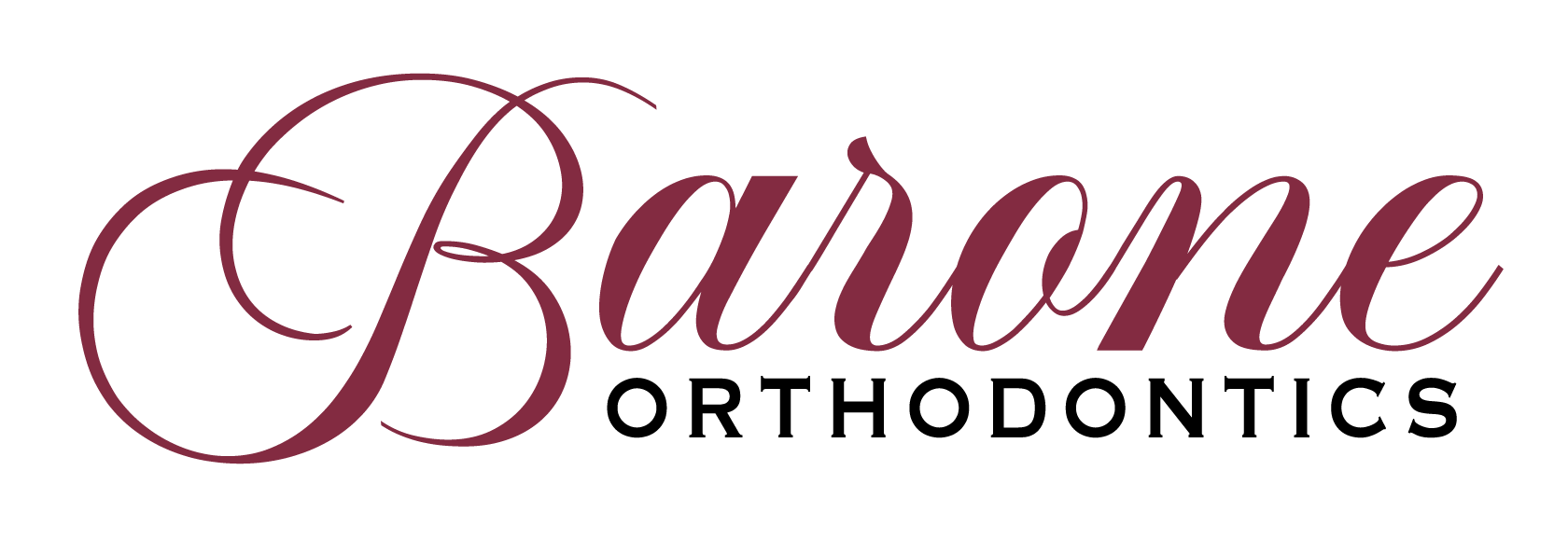The Ultimate Guide to Braces for Kids in Rhode Island
Braces are a common orthodontic treatment for children, helping to correct misaligned teeth and jaws. If you’re considering braces for your child in Rhode Island, this ultimate guide provides everything you need to know.
Why Kids Need Braces
Children may need braces for various reasons, including:
1. Crowded or Overlapping Teeth: When there is not enough space in the mouth for all the teeth to fit properly, they may become crowded or overlap.
2. Bite Problems: Issues such as overbite, underbite, crossbite, or open bite can affect the way the teeth fit together and function.
3. Jaw Alignment: Misaligned jaws can cause problems with chewing, speaking, and even breathing.
Types of Braces for Kids
There are several types of braces available for children:
1. Traditional Metal Braces: These are the most common type of braces for kids. They consist of metal brackets and wires that are gradually tightened to move the teeth into the desired position. They are highly effective for a wide range of orthodontic issues.
2. Ceramic Braces: Similar to metal braces, ceramic braces use clear or tooth-colored brackets, making them less noticeable. They are a good option for children who want a less visible treatment.
3. Invisalign First: This is a version of Invisalign specifically designed for younger children. These clear aligners are removable and nearly invisible, making them a popular choice for kids who want a more discreet treatment.
The Braces Process for Kids
The process of getting braces for kids typically involves several stages:
1. Initial Consultation: The first step is an initial consultation with an orthodontist. During this visit, the orthodontist will assess your child’s teeth and bite, discuss treatment goals, and recommend the best treatment options.
2. Treatment Planning: Once you decide to proceed with treatment, the orthodontist will create a detailed treatment plan. This plan includes the type of braces to be used, the estimated duration of treatment, and the expected outcome.
3. Placement of Braces: The next step is the placement of the braces. This involves attaching the brackets to the teeth and connecting them with wires. The process is usually painless and takes about an hour.
4. Regular Adjustments: Your child will need to visit the orthodontist regularly for adjustments. These visits are important to ensure that the braces are working effectively and to make any necessary changes.
5. Removal of Braces: Once the treatment is complete, the braces will be removed. Your child will then need to wear a retainer to maintain the results and prevent the teeth from shifting back to their original positions.
Caring for Braces
Proper care is essential to ensure the success of the treatment. Here are some tips for caring for braces:
1. Brush and Floss Regularly: It’s important to brush and floss regularly to keep the teeth and braces clean. Special tools such as interdental brushes and floss threaders can help with this.
2. Avoid Certain Foods: Some foods can damage the braces or get stuck in them. Avoid sticky, hard, or chewy foods, and cut down on sugary snacks and drinks.
3. Attend Regular Check-Ups: Regular check-ups with the orthodontist are essential to monitor the progress of the treatment and make any necessary adjustments.
Braces can have a significant impact on your child’s oral health and self-confidence. By understanding the options available and the treatment process, you can make an informed decision and help your child achieve a healthy, beautiful smile.
